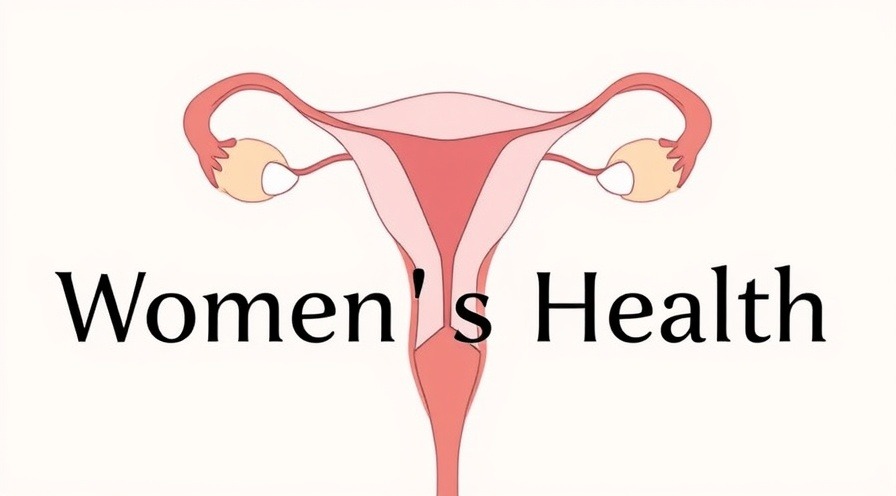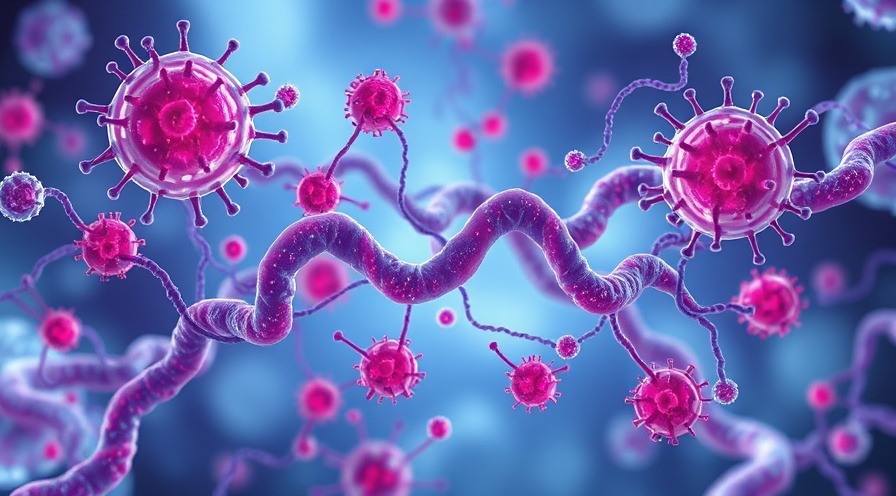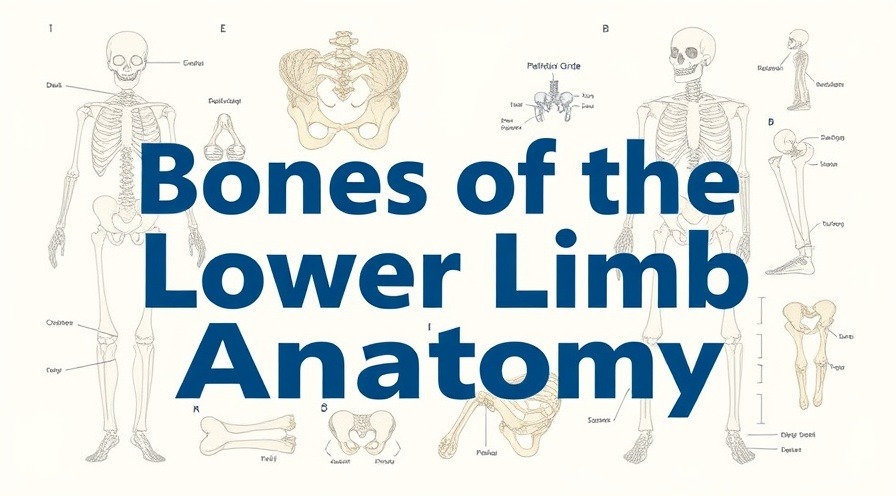
The Fascinating World of Female Reproductive Anatomy
Female reproductive health is an essential component of overall well-being, and understanding the anatomy and function of the reproductive organs can empower individuals to take charge of their health. The fallopian tubes and uterus play critical roles in the reproductive process, from ovulation to fertilization and implantation. In this article, we’ll explore these vital organs, their structures, and what they mean for reproductive health.
In 'Fallopian tubes and uterus: Histology', the discussion dives into the intricacies of female reproductive anatomy, exploring key insights that sparked deeper analysis on our end.
What Are Fallopian Tubes?
The fallopian tubes, also known as uterine tubes or oviducts, are two fibrous tubes that transport the mature egg cells from the ovaries to the uterus. Measuring approximately 10 to 12 cm in length, these tubes are divided into four parts: the infundibulum, ampulla, isthmus, and intramural section. The infundibulum, with its finger-like projections called fimbriae, helps capture the egg after ovulation. Meanwhile, the ampulla is the longest part and a common site for fertilization to occur.
Understanding the Uterus: Its Structure and Function
The uterus is a hollow, pear-shaped organ that serves as the nurturing environment for a developing embryo. Its top section, known as the fundus, houses the body and cylindrical cervix. The uterine wall consists of three layers: the sturdy myometrium, which contracts during childbirth, the inner endometrium that thickens and sheds during the menstrual cycle, and the parietal peritoneum, which envelops and protects the uterus.
What Happens During the Menstrual Cycle?
The uterus undergoes significant changes during the menstrual cycle, an intricate process crucial for fertility. The endometrium has two layers—the functional layer, which is shed during menstruation, and the basal layer, which remains intact. Throughout the cycle, hormonal fluctuations cause the functional layer to thicken, creating a rich environment conducive for a fertilized egg.
Cellular Structures: The Stories They Tell
Diving deeper into the histology of the fallopian tubes, we discover two significant cell types within the mucosa. Ciliated cells help move the egg toward the uterus with their hair-like structures, while peg cells provide nourishing mucus for the egg and future embryo. Understanding these small yet mighty cells offers insight into their importance in fertility.
The Cycle's Phases: Regeneration and Shedding
Throughout the menstrual cycle, various phases occur as the body adapts to either prepare for a potential pregnancy or shed the uterine lining. The proliferative phase involves rebuilding and thickening the endometrium, while the secretory phase sees the glands become coiled and prepare for potential implantation. If fertilization does not occur, menstruation follows, allowing the body to reset and prepare for another cycle.
Why This Knowledge Matters
Having a solid grasp of reproductive anatomy can significantly enhance an individual’s understanding of their health. Education on how these organs function and the normal changes they undergo empowers people to recognize their bodies' signals, paving the way for better health practices and early detection of potential issues.
If you’re invested in the journey of reproductive health, understanding the fallopian tubes and uterus is a great starting point. From recognizing menstrual symptoms to understanding fertility, this knowledge can foster a deeper connection with personal health and wellness.
 Add Row
Add Row  Add
Add 




Write A Comment